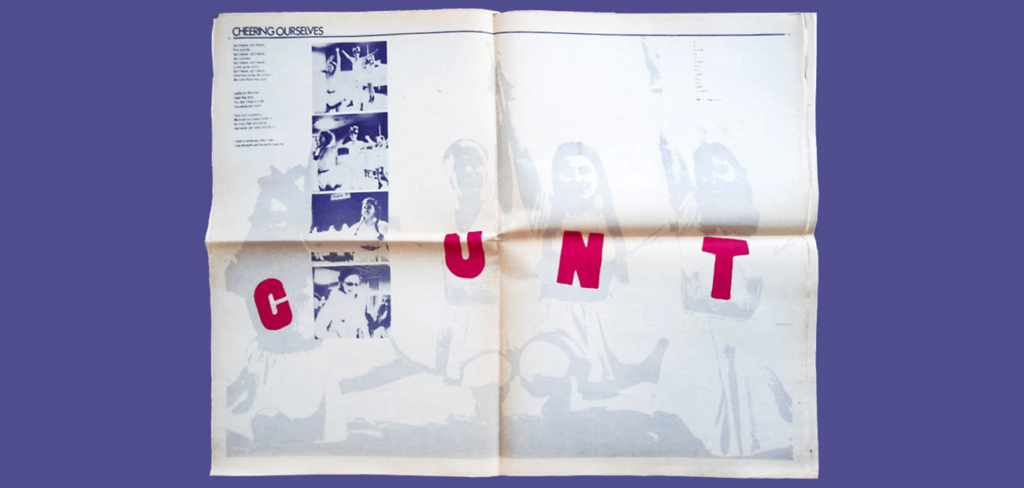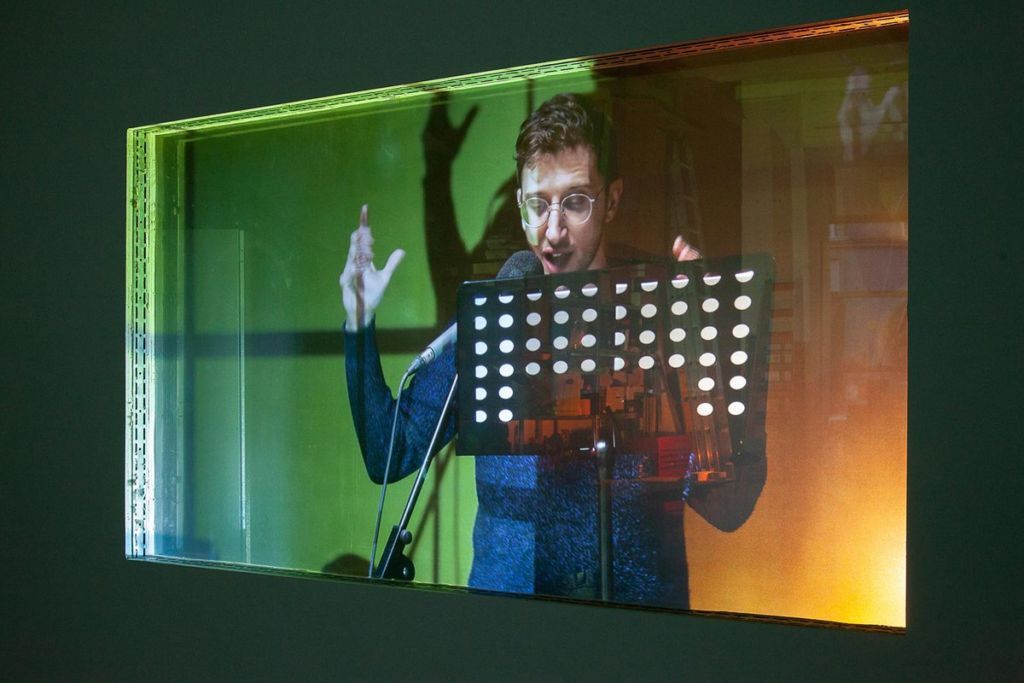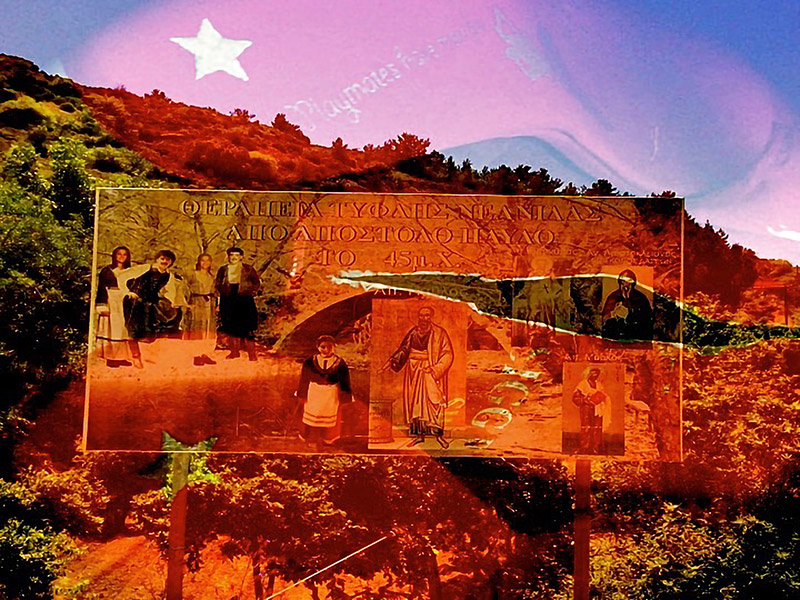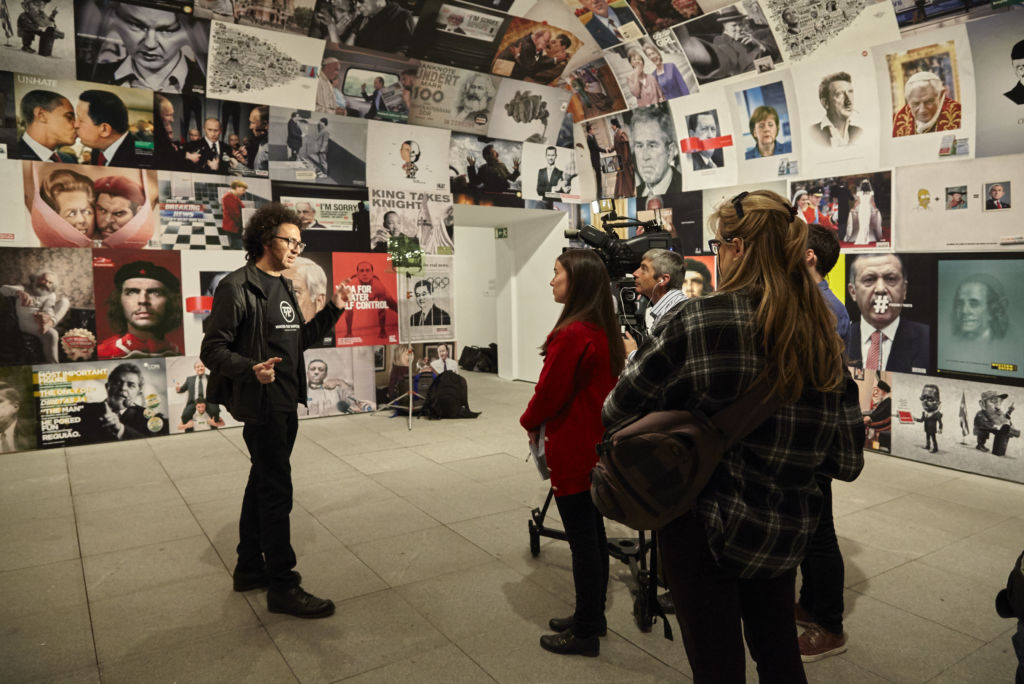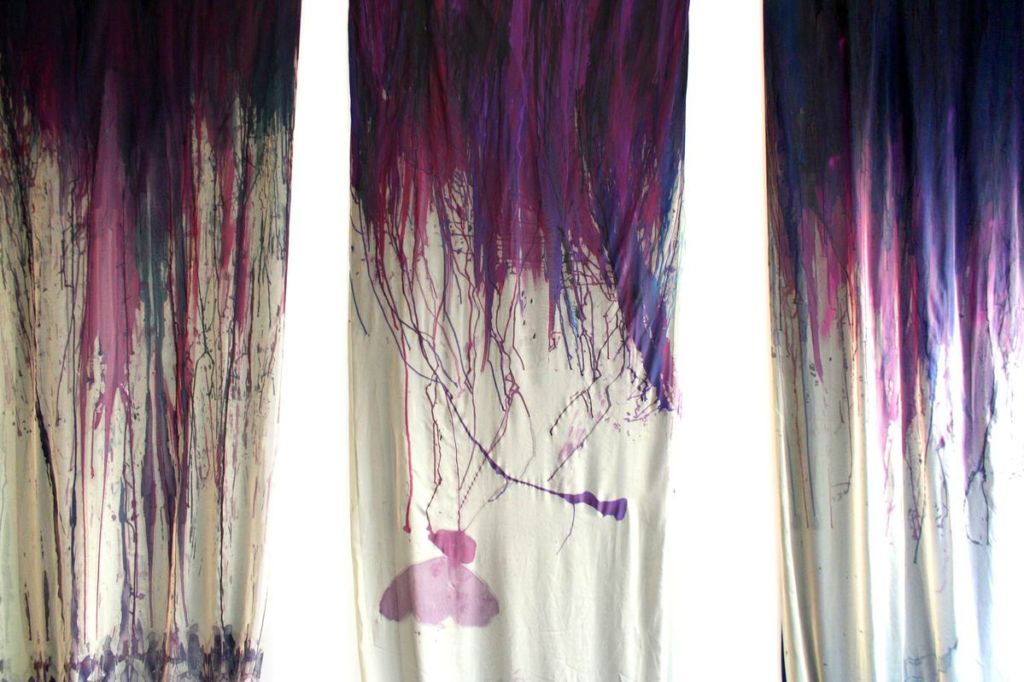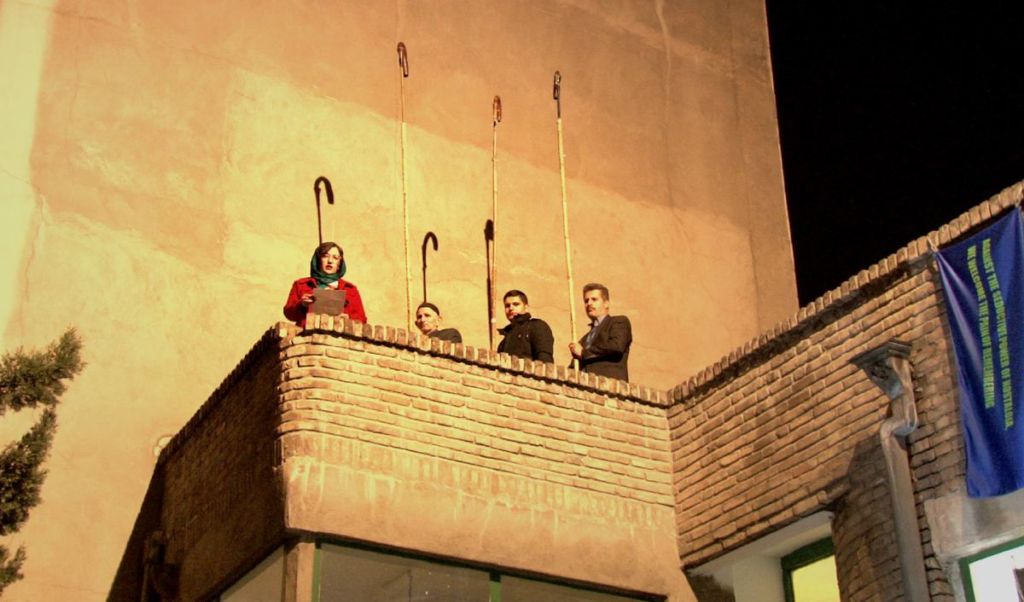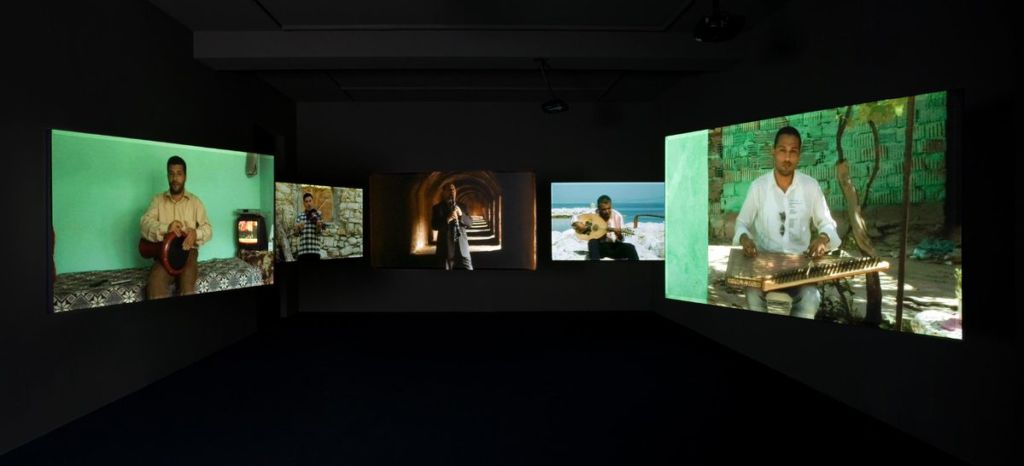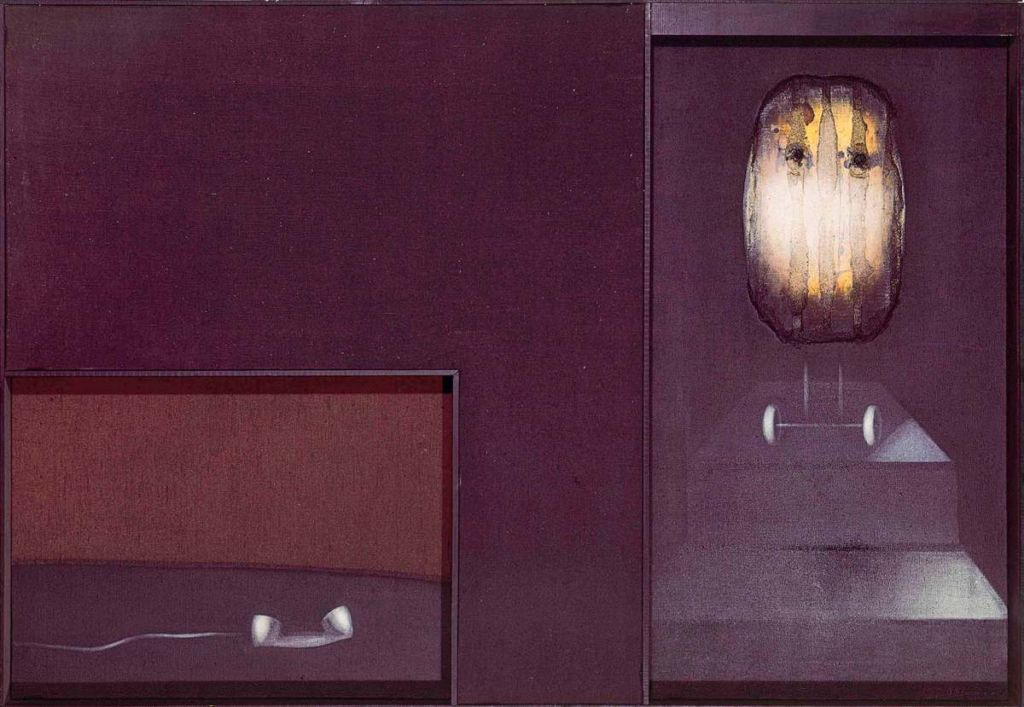Sheila de Bretteville: from graphic feminism and feminist design to emancipation
Investigation by Géraldine Gourbe
Alternative, institutional and radical pedagogical approaches have seen a renewed interest these past few years. This attraction to new forms of education is often based on unique experiments conducted from 1950 to 1970. After her analysis of the Brazilian revolutionary figure Paulo Freire, Géraldine Gourbe looks now at the School of Design and the two feminist design departments created by Sheila de Bretteville: the Women’s Design Program and the Women’s Graphic Center.
See the article by Izzy Berenson and Sarah Honeth, “Clearing the Haze, Prologue to Postmodern Graphic Design Education Through Sheila de Bretteville” on the Walker Art Center website: https://walkerart.org/magazine/clearing-the-haze-prologue-to-postmodern-graphic-design-education-through-sheila-de-bretteville-2
Arts in Society: California Institute of the Arts: prologue to a community, Volume 7, Issue 3, 1970.
Insights 2018: Sheila Levrant de Bretteville, Yale University/SheilaStudio » https://www.youtube.com/watch?v=QY8d80tGal4
Gilles Deleuze et Michel Foucault, « Qu’est-ce qu’un intellectuel ? » in Michel Foucault, Dits et Écrits, coll. « Quarto », Gallimard, 2001
See the historiography of Rosa Parks in Françoise Vergès, Pour un féminisme décolonial, Éditions La fabrique, 2019
Izzy Berenson and Sarah Honeth, “Clearing the Haze, Prologue to Postmodern Graphic Design Education Through Sheila de Bretteville”, op. cit.
Izzy Berenson and Sarah Honeth, “Clearing the Haze, Prologue to Postmodern Graphic Design Education Through Sheila de Bretteville”, op. cit.
Idem.
Catherine de Smet, “Pussy Galore et Bouddha du futur, Femmes, graphisme, etc.” in Pour une critique du design graphique, Paris, B42, 2012, p.20.
In autumn of 1969, Sheila de Bretteville1 returned to the United States after working in Italy at the design studio Olivetti, a company famous for its attention to shape in manufactured objects: typewriters, fax machines, computers… In 1952, MoMA was one of the first museums to propose an exhibition for the Italian company, acquiring several pieces for its collections. Building off her experience in Europe, Sheila de Bretteville set up in Los Angeles alongside two architects, Robert Mangurian and Craig Hodgetts, to whom we owe industrial-inspired buildings such as the Gagosian Studio (1980).
Shortly after Hodgetts was named co-director of the School of Design at CalArts (1969), he asked his young collaborator to design the school’s graphics (letterhead, posters, registration forms, etc.) in order to attract students to the brand new California Institute of the Arts, financed by Disney studios. Sheila de Bretteville’s mission was to create a visual identity for a unique future community being established in the no-man’s-land of Valencia, a commuter town located a one-hour’s drive from the attractive spots in L.A. A tall order that allowed her to put her “positionality” principle to the test. The principle is laid out in the collective publication, Arts in Society: California Institute of the Arts: Prologue to a Community2(1970). There Sheila de Bretteville states in a manifesto that “taste and style are not enough” and that the School of Design sought to attract students with diverse profiles who showed ecological, humanist and technological aspirations, the latter of which had not yet attracted the wrath of anti-capitalism.
On the contrary, it was happily associated with individual and collective revolution, with enthusiasts like Allan Kaprow and Nam June Paik in the CalArts art department who were particularly interested in the new lightweight, portable Portapak cameras. A technè reminiscent of “fist in the air” radical cinema, a memory of the working class, de-colonization and feminist struggles that started in the early 1970s. An era when, on both the European and North American continents, forms of art no longer sufficed. This was the idea behind the “positionality” graphic line invented by Sheila de Bretteville. For her, as a designer, it was about taking an active stance in society on the inequalities surrounding us. Or more precisely, as stated in a recent conference at Yale University3: “One’s positionality is contingent on context; for example our relationship to power in a given situation often determines what we see and how we see it. This notion has to do with the idea that any aspect of our identity (race, gender and ethnicity…) as well as any image, object, etc. can have multiple significations based on who is looking…” Long before interviews were published with Michel Foucault and Gilles Deleuze4 on the activist role of the intellectual, Sheila de Bretteville understood the need, in the field of applied arts, to ask “who is speaking, and from where?” which Sandra Harding would go on to call “situated knowledge” twenty years later.
And so, the School of Design community (and that of CalArts in general) began to take shape. It quickly adopted the contours of the new American left: an American anti-imperialism that supported the Marxist Afro-American5 and feminist movements. Of course, the suburbs of Valencia were still steeped in the cheap perfume of the American Dream (especially due Walt Disney’s industrious involvement in the 1950s McCarthyist witch hunt). But against all odds, the city was home to a small rebel island split between national pacifism (demilitarization actions in southern California) and armed struggle (support for pan-African movements, de-colonialism and radical feminism…). Politically aligned along the same axis, Sheila de Bretteville joined their teaching force. Having no experience as an educator, she submitted6, as her motivation letter, a (Marxist) self-analysis grid of her background and produced works, which she contextualized according to the political events most relevant to her.
In Italy, Sheila de Bretteville had read Paulo Freire. She was convinced that education could be conceived and pursued in a horizontal way, and she sought the best ways to design exercises, homework and projects that might be enriched through the different experiences, kinds of knowledge and skillset of each student. She created a synthesis of her own modernist education (in the sense of the Bauhaus school, such as was transmitted while she attended Yale) and a critical conscience (Marxist-feminist-decolonial and pacifist) of a world undergoing profound changes.
She taught graphic design with photography teachers and a dramaturge. The idea was to promote a pedagogy of “project/object”, that is, a teaching method that develops one’s hyper-acuity in making visual choices in order to reproduce the most concerned and ‘tolerant’ (Paulo Freire) voice of the person expressing themselves. For example, each participant had to bring in an object, describe it in the most objective possible manner, and produce an editorial form from it. In this way, Sheila de Bretteville invited students to gain distance, indirectly, from their own personalities, inspired by the artist and nun Sister Corita Kent, another big name in pop graphic design.
Women’s Design Program and the Women’s Graphic Center
In 1971, she directed the engraving and lithography department, but also offset printing and linotype. That summer, she was asked to design the Everywoman Newspaper, a group publication launched by the Fresno Feminist Program and initiated by Judy Chicago, today an iconic artist, who borrowed her name from her home city Chicago, emulating the self-naming style of the Black Panthers and Black Muslims. Judy Chicago drew as much from Paulo Freire’s Pedagogy of the Oppressed as manuals from radical feminist groups that call for consciousness-raising in order to be liberated from the bonds of capitalism, the bourgeoisie and patriarchy. The activist principle of these discussion groups ensured there would be equal time and content provided to different voices, but also an articulation of individual experiences of oppression and the deconstruction of a homogenous world.
Sheila de Bretteville, pushed by the petulant Judy Chicago and persuaded that the counter culture revolution could only pass through the establishment of a feminist graphic design and design feminism, created the Women’s Design Program (1971-1973) within CalArts. The program’s main points were then published in an issue of the British journal Icographic7. One of Sheila de Bretteville’s essays analyzes the rigid separation between men and women in the studio workspace. In another essay, “Some Aspects of Design from the Perspective of a Woman Designer”, she calls for embodying a “sexploration” of visual phenomenon, to be attentive to an “empowering” vision of women’s groups, often perceived as amateur and unconvincing.
Her design for the exhibition catalog for Womanhouse, a seventeen-room house occupied by the Feminist Art Program from November 1971 to February 1972, also pursued this line of thinking. By creating a series of installations specific to one site, and giving lecture-performances that explore the structural and physical relationship between the household and certain kinds of domestic rituals (cooking, cleaning, educating…), Miriam Schapiro, Judy Chicago and Sheila de Bretteville, together with their students, showed that through the process of rehabilitating an abandoned house, they could completely transform the prescribed historic context of a domestic space into a productive site stimulated by tasks, in the domestic sense (by Marxist definition), but also performance, just as the Judson Church—a monumental site for performance—had initiated a few years earlier in New York. Sheila de Bretteville’s graphic choices for the Womanhouse catalog cover derived from an experimental graphic lexicon, radical architecture, and conceptual photography8.
Judy Chicago, Sheila de Bretteville and art historian Arlene Raven were glad to leave the rather non-emancipatory universe of CalArts in 1972 in order to found a place for feminist cultures: the Woman’s Building in Los Angeles (1973-1985). Part community center, part art and design school, this artist-run space housed, throughout its twenty years of existence, a variety of art galleries, studios, publishing houses and activist organizations. It was simultaneously a place for artistic education, organizing the feminist community and generally an incubator for developing a network of projects and feminist locales committed both to culture and to transforming society. Since the beginning, the Woman’s Building hosted the first seminars on feminist art history and produced artist videos and performances. It operated according to the principles of autonomous organization, drawing on the pedagogy of the oppressed, the Free Speech movement, de-colonization and feminism. It encouraged the capacity of each person to be simultaneously an artist, a producer and a distributor of one’s own work: as such, performance and publication played an important role in empowerment and emancipation. While also being involved in the space’s operations, Sheila de Bretteville taught and organized conferences about graphic and environmental design. She strengthened and developed her pedagogy, conceived and practiced in a Marxist approach to the group that places graphic design at the center of an egalitarian project and an effective endeavor for social change.
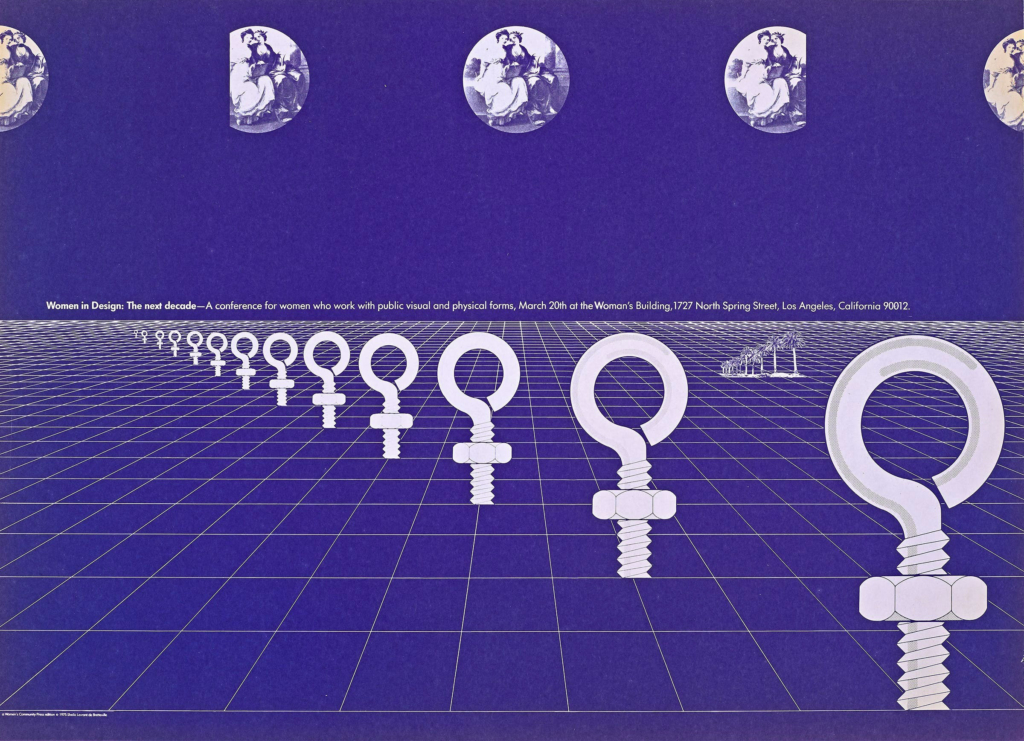
Sheila de Bretteville, Woman in Design (conference invitation), 1975 © DR
As the French specialist in the history of design, Catherine de Smet puts it in her essay “Pussy Galore et Bouddha du future, Femmes, graphisme, etc.9”, feminist groups, like all groups that evolved from the social revolution that came before them, seized upon the urban environment to distribute their printed objects (posters, flyers, magazines, manuals and self-published manifestos…). Unfortunately, this history still remains for the large part untold. Despite a remarkable rise to power, it remains the poor cousin of a feminist historiography or historiography of resistance. The history of performance, of inclusive feminist literature or even of activist cinema has, over the last twenty years, been thoroughly nourished and given due complexity. However graphic design, which is, as Catherine de Smet writes, at the very core of revolutionary aspirations, has been relegated to the closet of collective memories. To come back to Sheila de Bretteville’s radical, de-colonial and feminist pedagogy is to begin to bridge—albeit modestly—this gap in History.
Translation by Maya Dalinsky
Cover: Sheila de Bretteville, Everywoman newspaper, centerfold, 1971 © DR
